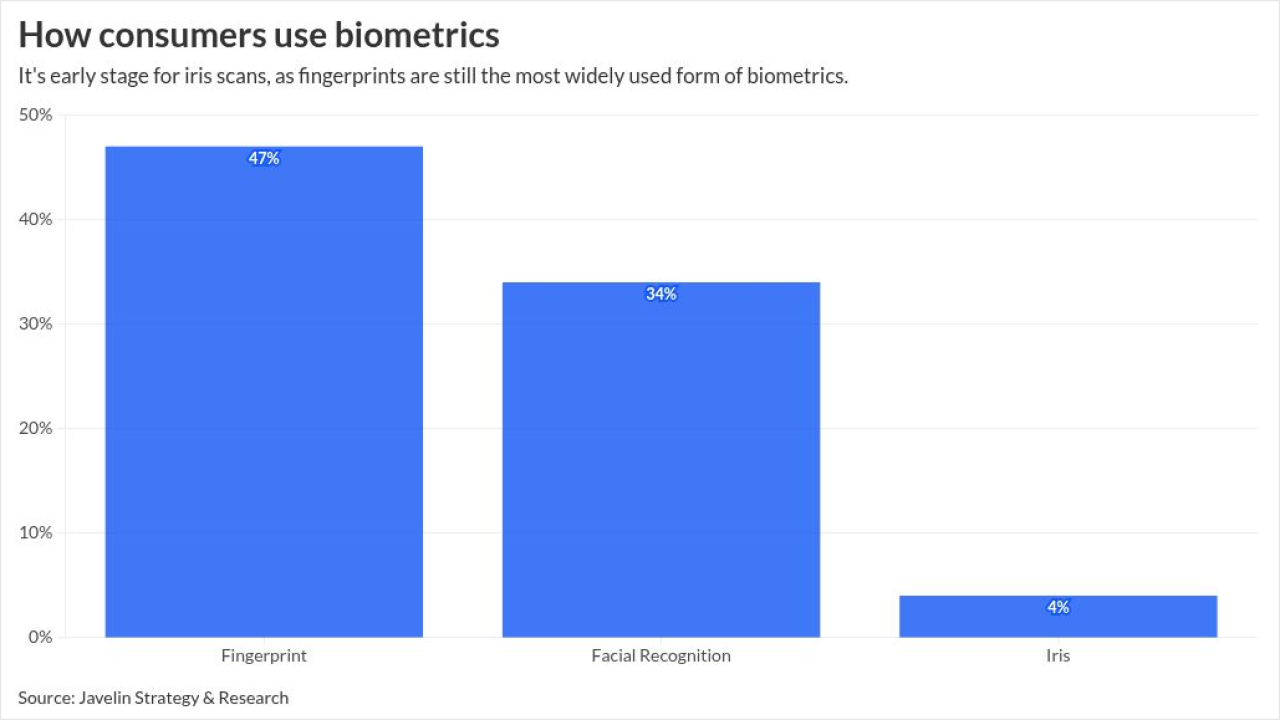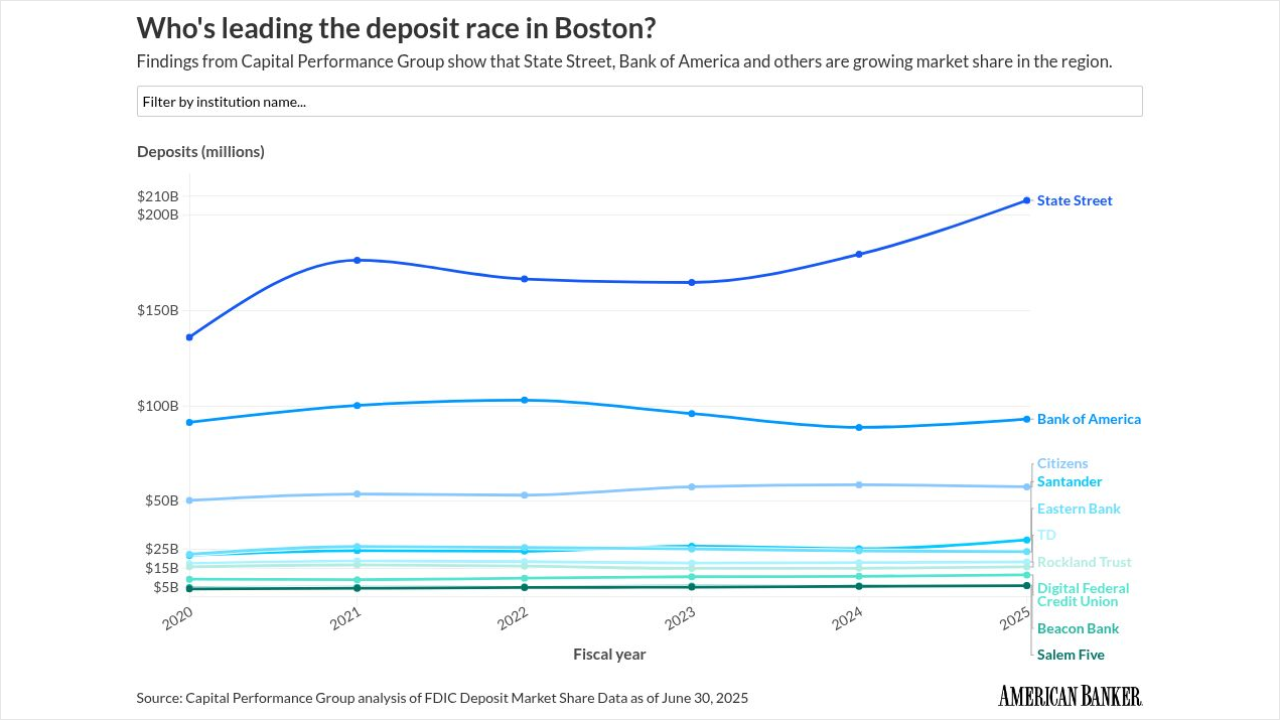
New York Community Bancorp's loan portfolio is facing scrutiny due to its exposure to two segments that some observers fear could sour in the coming months — office loans and multifamily loans in rent-stabilized buildings.
Critics say the Hicksville, New York, company's
Twice last month, Wedbush Securities downgraded shares of New York Community's stock — from "outperform" to "neutral" and then from "neutral" to "underperform." In research notes, Wedbush analyst David Chiaverini blamed the first downgrade on New York Community's "outsized [commercial real estate] exposure in a higher-for-longer rate backdrop" and the second on its "sizable exposure" to New York City's rent-regulated multifamily lending market.
"The stress on rent-regulated properties could lead to pickup in nonperforming loans, loan modifications at below-market rates and/or elevated reserve building to cover potential losses," Chiaverini wrote. "While occupancy levels should remain strong even through a potential recession, we believe rent growth may not be high enough to cope with higher interest rates."
As such, New York Community, which is the parent company of Flagstar Bank, could face losses of 10% in its multifamily loan book, Chiaverini wrote. He also argued that 10% could "be conservative depending on the severity of the market downturn."
Other analysts who follow the company offered less pessimistic outlooks.
Christopher Marinac, an analyst at Janney Montgomery Scott, said that New York Community is taking the right steps and being punished for acknowledging the reality of the situation it faces.
"I feel like New York Community has been subject to this big concern — 'Oh my God, we have a big problem here' — when all they're doing is recognizing risk because it exists," Marinac said in an interview. "They're recognizing risk and building reserves and doing what they're supposed to be doing."
For decades, New York Community's loan portfolio has been dominated by multifamily lending, with a smaller portion devoted to office loans. Both segments are largely focused on the New York City metropolitan area, with 68% of the bank's $37.7 billion multifamily loan book tied to properties in New York City, Long Island and New Jersey and 55% of its office loans, which totaled $3.4 billion at the end of the third quarter, tied to buildings in Manhattan, the company said in a recent filing.
The loan book's composition could present potential twin headwinds for New York Community. For starters, office loans across the U.S. banking industry are
On top of that, New York State's rent regulations limit landlords' ability to increase tenants' rent in rent-stabilized buildings, which means there could be a gap between what landlords are collecting and what they're able to pay in interest on their loans.
At New York Community, some stress is already
Those loans, $124 million combined, were on office buildings in New York City and Syracuse, New York. The company reported a $62 million provision for credit losses in the third quarter, up from $49 million in the second quarter and up from $2 million during the third quarter of 2022.
Thomas Cangemi, New York Community's president and CEO, wasn't available for an interview. But the $111 billion-asset company, which is twice the size it was a year ago after buying
"While our multifamily lending niche has not been immune to downturns in the credit cycle, the limited number of losses we have recorded, even in adverse credit cycles, suggests that the multifamily loans we produce involve less credit risk than certain other types of loans," the company said in its most recent quarterly securities filing.
The company said the "vast majority" of its multifamily loans have a 10- or 12-year term, with a fixed rate of interest for the first five to seven years, and an alternative rate for the remainder of the term.
The bank also said that its commercial real estate loans are structured similarly — with a fixed interest rate for the first five years, followed by either adjustable or fixed-rate options.
"We continue to monitor our loans-held-for-investment portfolio and the related allowance for credit losses, particularly given the economic pressures facing the commercial real estate and multifamily markets," New York Community said in the securities filing.
Though analysts are expecting challenges for New York Community's loan book, they differ on the degree to which those challenges will impact the company's overall performance.
If New York Community experiences losses of 10% on its rent-regulated multifamily loan portfolio, that could result in a 20% reduction in tangible book value, Chiaverini wrote in a research note. A reduction in tangible book value would negatively impact New York Community's stock price.
Shares in New York Community are up 14.2% this year, but they are down 10.8% over the last six months.
David Rochester, an analyst at Compass Point Research, noted that the lower amount of loan maturities over the next three years "should serve to constrain" credit migration to a point, though he acknowledged that "ongoing deterioration" in the loan book is expected, especially in office loans.
As for the multifamily book, "rumors of its imminent demise are greatly exaggerated," in part because not all apartments in rent-stabilized buildings are rent-stabilized, Rochester wrote in a research note.
Further, the risk of higher provisions and losses is "more spread out over a longer period of time," given the number of multifamily loans at New York Community that are set to mature or reset next year versus 2025 and 2026, Rochester wrote.
The fact that New York Community has been such a successful lender in the multifamily market for such a long time is a benefit, analyst John Mackerey of DBRS Morningstar said in an interview.
"We view them as having expertise in this segment, and the loss history over time has been very, very strong," Mackerey said. As for office loans, "their portfolio is longer-dated, so maybe less than 10% per year matures over the next six years. That gives some time for the market to stabilize."
And while New York Community could indeed have to write off 10% to 15% of its loans in the next two or three years, it is well-positioned to manage those losses, Marinac said.
"To some outsiders, that sounds horrific," he said. "But … they have plenty of earnings and plenty of reserves to cover that."






